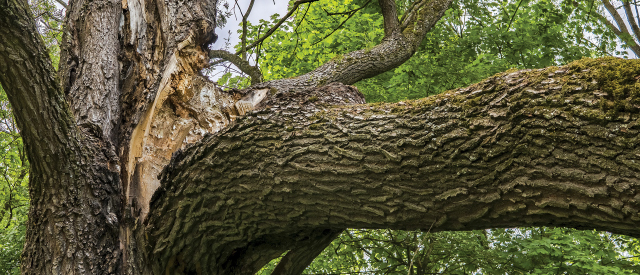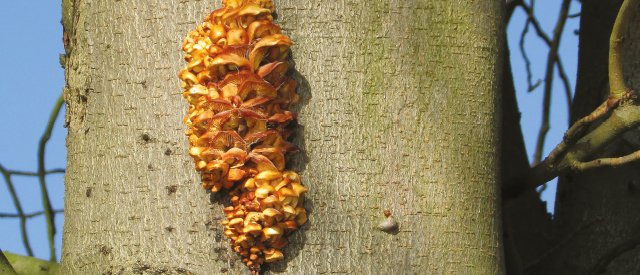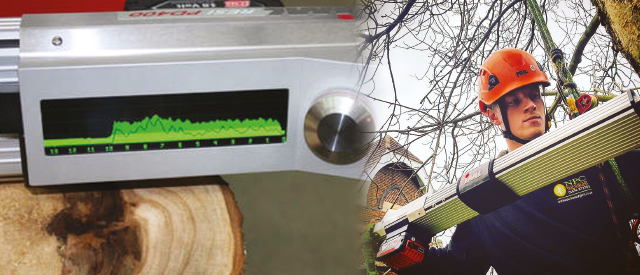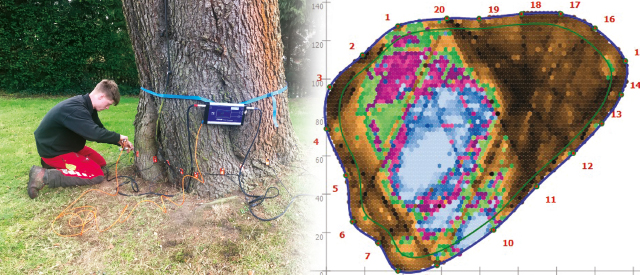Tree Safety
With the latest technology we are able to help detect decay long before it is visible by eye.
Choose below the best level of service that suits your needs.
1. Tree Owner Check

The tree owner is best placed to notice obvious changes and defects. Examples would be: dead or snapped branches, changes to the leaves or fungus.
If there’s any concern about the condition of the tree then a professional should be contacted.
2. Tree Surgeon Visual Tree Inspection

A professional tree surgeon can carry out a visual tree inspection. Using experience and expertise it is possible to identify a range of defects, hazards or health issues.
3. Micro Drill

This instrument uses a very fine micro-drill to penetrate a tree’s tissue, measuring resistance to the probe. Sound wood provides greater resistance than decayed wood, so we can interpret the graph trace produced by the Resistograph to establish the tree’s internal condition. The Resistograph is particularly useful for testing buttress roots or for aerial examination of limbs within a tree’s crown. It is also sufficiently sensitive that it can measure individual annual growth rings.
If a professional tree surgeon suspects there could be internal decay on a tree, it is possible to use a Micro Drill (resistograph) to identify the condition of the internal wood.
4. Sonic Tomograph

A Sonic Tomograph is used to assess the level of decay and residual wall non-evasively. Depending on the level of decay, appropriate management of the tree can take place to help prolong its life. An example would be to reduce the size and wind stress of the crown.
